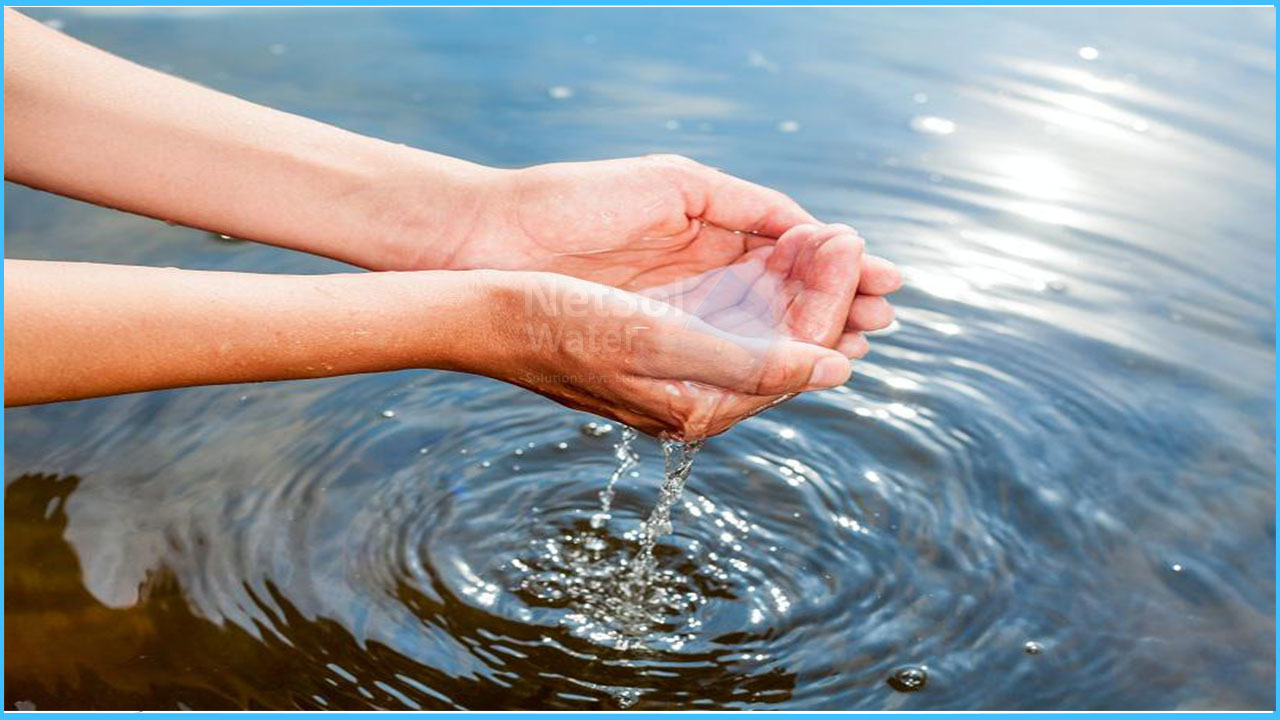Now Reading: Why Clean Water Is Still a Dream for Billions 2025
-
01
Why Clean Water Is Still a Dream for Billions 2025
Why Clean Water Is Still a Dream for Billions 2025

Table of Contents
Clean Water is life. It’s a simple truth, yet billions of people around the world still struggle to access safe and clean water every day. In 2025, despite technological advancements and international aid, access to water remains one of the most urgent global issues.
According to the World Health Organization (WHO) and UNICEF, over 2 billion people—around one-fourth of the global population do not have access to safely managed drinking water services. That means they drink Clean Water from unsafe sources or travel long distances to collect it. Many also face health risks, especially children, due to waterborne diseases.
This ongoing crisis affects not only health but also education, economic growth, and overall human dignity.
The Global Divide in Water Access
Access to water varies greatly by region. In many developed countries, clean tap water is available at the push of a button. But in large parts of sub-Saharan Africa, South Asia, and parts of Latin America, people walk for miles every day just to fetch a few litres of water—often from contaminated ponds or rivers.
Rural communities suffer the most. In fact, 8 out of 10 people who lack access to clean water live in rural areas. Urban slums are also hit hard, where rapid population growth outpaces the development of water infrastructure.
The challenge is even worse in areas affected by conflict, natural disasters, and climate change. For example, in countries like Yemen, Sudan, and parts of Syria, water systems have been destroyed, forcing people to rely on unsafe and irregular water supplies.
Water and Health: A Deadly Connection
Dirty water kills. That is not an Clean Water exaggeration. The lack of access to safe drinking water leads to deadly diseases like cholera, dysentery, typhoid, and diarrhea. Diarrhea alone causes over 500,000 deaths among children under five every year.
When people are forced to drink contaminated water or cannot wash their hands properly, it spreads infections quickly. During the COVID-19 pandemic, health experts repeatedly stressed the importance of handwashing—but for many, this basic step was a luxury.
Additionally, poor water access impacts maternal and child health, increases school absenteeism, and lowers productivity due to water-related illnesses.
The Link Between Water and Poverty
Access to clean water is closely tied to poverty. Poor communities often spend a high percentage of their income on buying water. In some cases, they pay 10 to 20 times more per litre than those connected to formal water systems.
Women and girls are particularly affected. In many parts of the world, they are responsible for collecting water. This daily task keeps them out of school or limits their ability to work. One study found that women in sub-Saharan Africa spend a combined 40 billion hours each year fetching water—time that could be used for education or earning income.
Climate Change Makes Things Worse
Climate change is making access to water even harder. Changing rainfall patterns, frequent droughts, and rising temperatures are drying up water sources around the world. Glaciers are melting, rivers are shrinking, and underground water levels are falling.
In India, for example, several major cities, including Chennai and Bengaluru, have faced severe water shortages in recent years. Similar crises have hit Cape Town in South Africa and São Paulo in Brazil.
Without proper planning and action, water scarcity could lead to conflict, migration, and further inequality.
Solutions: What’s Being Done and What’s Needed
Many governments, NGOs, and international agencies are working hard to improve water access. Their efforts include:
- Building safe water systems in rural and urban areas
- Drilling borewells and protecting natural springs
- Providing water purification tools to poor households
- Educating communities on hygiene and water conservation
- Installing rainwater harvesting systems in drought-prone areas
Technology is also playing a key role. New innovations like solar-powered water pumps, smart irrigation systems, and low-cost water filters are helping communities gain better control over their water supply.
However, experts warn that aid alone is not enough. What’s needed is a long-term, sustainable plan that includes:
- Stronger government policies and investment in water infrastructure
- Public-private partnerships to fund water access projects
- Community participation to manage local water resources
- Better data to understand water availability and usage
- Climate resilience strategies to prepare for future shortages
What You Can Do to Help
Even if you live in a place with plenty of water, your actions can make a difference. Here’s how you can help:
- Use water wisely: Fix leaks, turn off taps, and avoid wastage.
- Support clean water charities: Donate to or volunteer for NGOs that provide water solutions.
- Raise awareness: Share stories, facts, and updates on social media.
- Push for policy changes: Encourage your leaders to invest in water infrastructure and environmental protection.
Access to clean water should not depend on where you are born or how much money you have. It is a basic human right. Ensuring everyone has that right is not just a matter of technology—it is a matter of justice, compassion, and willpower.
The Road Ahead
As the world’s population grows and the effects of climate change become more severe, access to clean water will become even more critical. But it is not a hopeless situation. With the right policies, technologies, and international cooperation, we can create a future where everyone, everywhere, has access to safe, clean water.
Read More:- Shobha Realty Launches Its Most Luxurious Project Yet—Full Details Inside 2025



















